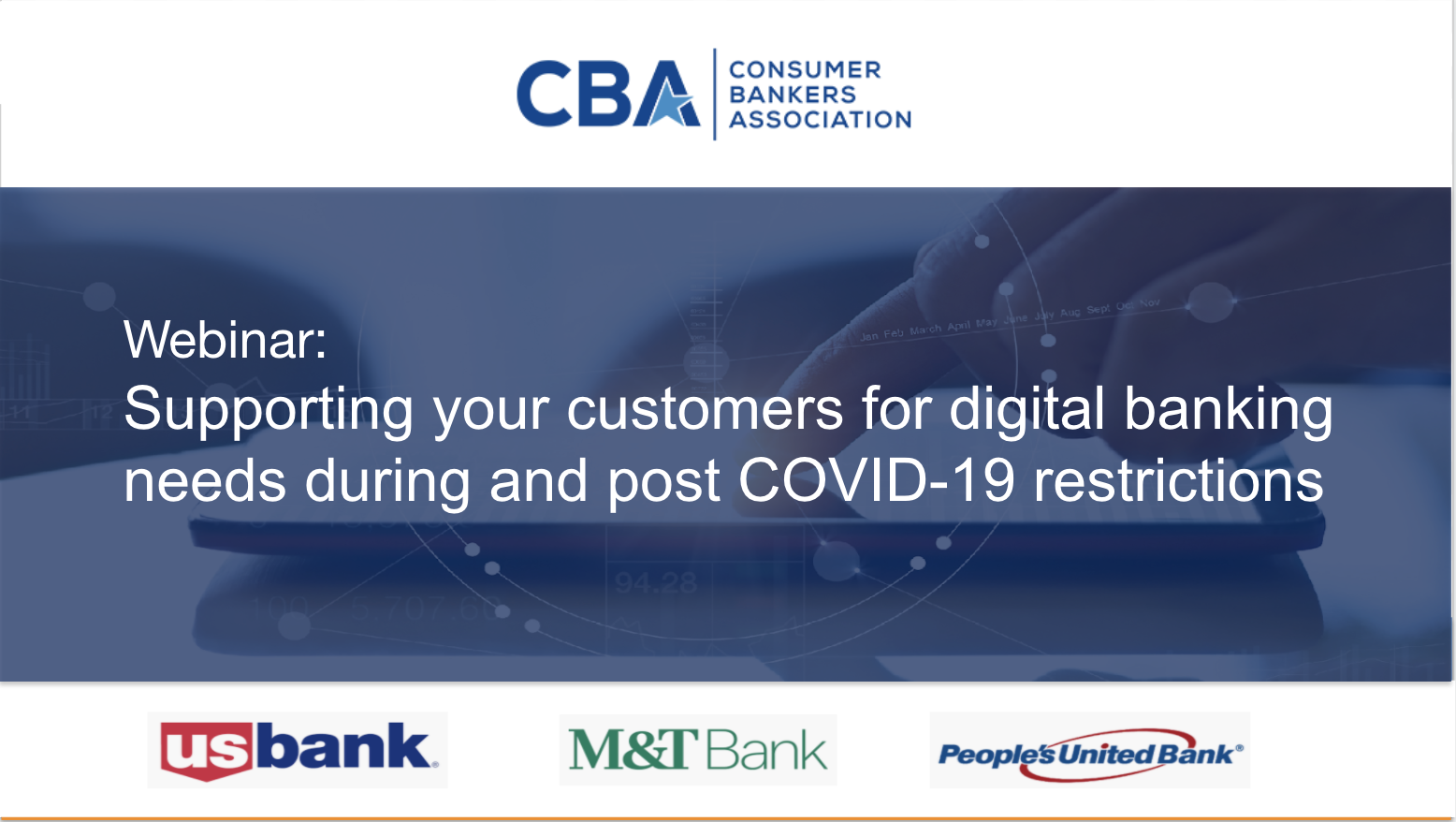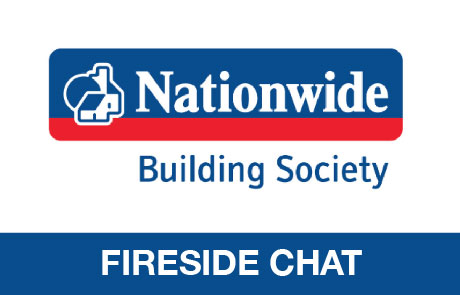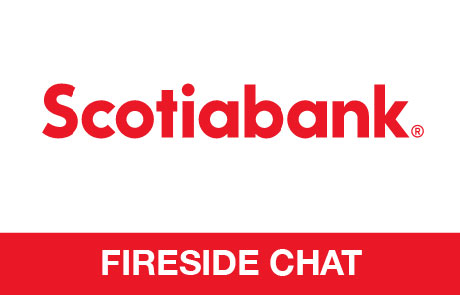Supporting Your Customer’s Digital Banking Needs During and Post COVID-19 Restriction

“Enrolling in Zelle is one area where customers need help. A how-to demo has been critical to that and super supportive.“
Kirk Benson, SVP CBB Business Digital Officer.
In the wake of the COVID crisis, digital banking has gone from a nice-to-have to the primary way we bank. Nearly every financial institution in the world suddenly has two priorities: getting non-digital customers to bank digitally and getting active digital users to do even more online. Horizn moderated a webinar with three of its partners to discuss how banks have handled this shift and the post-crisis digital banking opportunities. The conversation included Kirk Benson, Senior Vice President, CBB Business Digital Officer, U.S. Bank; Brandon Horbowicz, Vice President, Senior Sales Strategy Manager, M&T Bank; and Christian Gregory, Vice President, Commercial Digital Products, People’s United Bank.
What’s it been like for non-digital customers over the last few months?
Kirk Benson: For non-digital customers, there’s a big draw to using digital as a tool. And at U.S. Bank, I hear so many stories about how digital has helped non-traditionally digital customers bank from home, use money-movement services, to get done what they need to get done. There’s been an adjustment and an appetite to understand digital as a tool more.
What has it been like from an M&T Bank customer perspective?
Brandon Horbowicz: Prior to COVID, and some of this is our own doing, we didn’t have the demos on a public site, easily accessible to our customers that we advertised marketing, but the moment that we saw and we knew that we were going to be taking appointments only and digital was really going to become the focus, we put together a COVID response page. And what we saw was, where we averaged maybe a couple hundred self-service demos to understand how to engage digitally with M&T, all of a sudden it spiked to 2,500, 3,000 a week. Customers were seeking out not only how to engage with us digitally, but then practicing those types of transactions. At that same time, we were able to work with the Horizn team to email demos to clients so we could provide that same level of guidance and advice to our customers, allowing them to see what we were talking about when we were on the phone. Not only was it them looking for advice and guidance from us, but it was also them seeking out their own self-service guidance in a way we hadn’t seen before.
“We implemented, working with Horizn, the ability to send a demo to a customer with one click of a button.” – Brandon Horbowicz
Christian Gregory: From our standpoint, we had a silver lining through the acquisition that we made in early April. It was an opportunity for us to introduce digital to our newly acquired customers, as well as our existing customers that may have not opted to use those channels just yet. With us over the last few months, and really before that too, it’s been a strong focus of our marketing communications. As our marketing partners assist us in communicating the benefits and helping customers realize how effective the channels can be, we’re seeing a pretty dramatic shift to digital usage from those customers, whether it’s new or existing customers that maybe had an option to go into the branch or use different channels in the past. I think it’s important also to make sure your employees are educated enough to engage those non-digital users appropriately, whether it’s over the phone or self-service opportunities.
“The acquisition that we made in early April… was an opportunity for us to introduce digital to our newly acquired customers, as well as our existing customers that may have not opted to use those channels just yet.” – Christian Gregory
Can you highlight what you have seen from an increase in digital banking over the last two months?
Brandon Horbowicz: What we saw at M&T was almost a 60% increase in digital enrollments if we looked at what was happening in January and February versus what happened in March and April — a significant jump in new people enrolling. And we saw almost a 40% jump in digital sign-ons using the platform. What comes with that is an increase in needing guidance. Many customers didn’t pick up the phone when we called before. Now, almost everyone not only is picking up but wants to talk to someone. Customers want advice and guidance, and some will seek it out. We’re seeing a lot of guidance on the digital front with our ability to send quick emails with these demos. You could be talking to a customer who says, “I can’t. I’m afraid to come into the branch to deposit my check.” Well, they may not have that check in front of them, but you can walk them through — and show them in a minute or two — how to do a mobile check deposit, and say, “Save this as a favourite so when you’re ready to do your check deposit, you have a guide for you right then and there, or call me back.” It’s about being there for the customer and offering your help and being confident in showing them the systems that they can use.
Kirk Benson: From a U.S. Bank perspective, we’re seeing an increase in enrollment across digital: Zelle, mobile check deposit, as well as applications for credit, unsurprisingly. And throughout that, there’s definitely a need to help customers along that process, for example using demos to help customers trust it before they try it. We’ve had a number of cases where we’ve been able to send out our mobile check deposit demo via email.
“We are using demos to help customers trust it before they try it.” – Kirk Benson
How are your frontline customer-facing employees managing with both the change and the volume?
Brandon Horbowicz: There’s no way to think there isn’t going to be a fear of the digital space. Our employees had that fear 18 months ago for different reasons, like, ‘Am I going to look stupid in front of the customer because I don’t know what I’m talking about?’ Or ‘I’m not comfortable because I don’t have a smartphone or the customer may know more than me,’ or ‘Am I going to get paid the same on an incentive plan because I’m doing something digitally, and they’re self-servicing instead of coming to me for everything?’ We had 18 months to get everyone comfortable with digital basics, whether it was enrollment, how the system looked, how to set up alerts, how to use Zelle, how to use mobile check deposit. So now, during this crisis, the volume has not changed. But the way we deliver the education has changed. It’s more about being over the phone and walking someone through it, not necessarily being side by side with them but doing it virtually.
Christian Gregory: I would just add that I think it’s very important to have a champion within each of those areas. So whether it’s your call centre or contact centre, your branch, market, different markets across different states or communities, having a single voice — or multiple voices, for that matter — helping support and be advocates for the education platforms that are available to your employees is really important.
Kirk Benson: What we’re working on with our frontline is, first and foremost, to start with empathy and focus on what our customers need. On top of that, we’re taking an inside-out approach to help our customers with digital fluency through what we call our Digital Learning Center, to make sure that our frontline knows all of our capabilities, and then connect it to how it helps customers in their daily lives. And we’ve got a pretty good feedback loop in terms of measuring that level of knowledge internally.
How have you used the Horizn platform during this period to support your customers, employees and call centres with digital banking?
Brandon Horbowicz: This was M&T’s first real crack at bringing Horizn and our digital demo platform to the forefront for our customers to self-service. We put together a COVID response page like many other banks did, but within that space, it talked about our capabilities. We brought forward some of the key demos — enrollment, how to deposit your checks, internal transfers with M&T accounts, paying your bills, interacting with Zelle, viewing your statements — the common questions that someone might call a branch, stop in a branch or call the contact centre for. We implemented, working with Horizn, the ability to send a demo to a customer with one click of a button. So if a customer was asking us a question, whether they were in the branch for an appointment with us or were on the phone, we could send them a demo, which kicks off an automatic email from the bank to the customer. We’ve sent over 6,000 of those emails in just six weeks.
“This was M&T’s first real crack at bringing Horizn and our digital demo platform to the forefront for our customers to self-service.” – Brandon Horbowicz
Kirk Benson: We’ve integrated our customer-facing demos and tutorials into a lot of our marketing and promotional material. We’ve incorporated those demos into our website, into our email programs, into our call centre engagement tactics, all the way to very specific use cases. So for example, enrolling in Zelle is one area where customers need help. A how-to demo has been critical to that and super supportive.
“Enrolling in Zelle is one area where customers need help. A how-to demo has been critical to that and super supportive.” – Kirk Benson
Christian Gregory: Customer support is where a lot of people are going right now. We made sure to not just highlight the demos, but highlight popular support topics, making sure that those are easily accessible with links to demos for customers to understand how to use the services. It’s important to highlight that across the sites, and make sure that folks are aware that these are available tools for them to go and learn the features or functionalities that the various banks offer. And making sure that you’re being personal with the messages for those customers is important, showing that you understand and are there to help them.
This conversation has been edited and condensed for clarity. Watch the video above to see the full version.Watch Video


